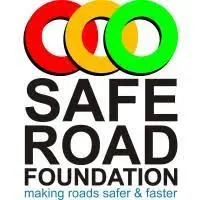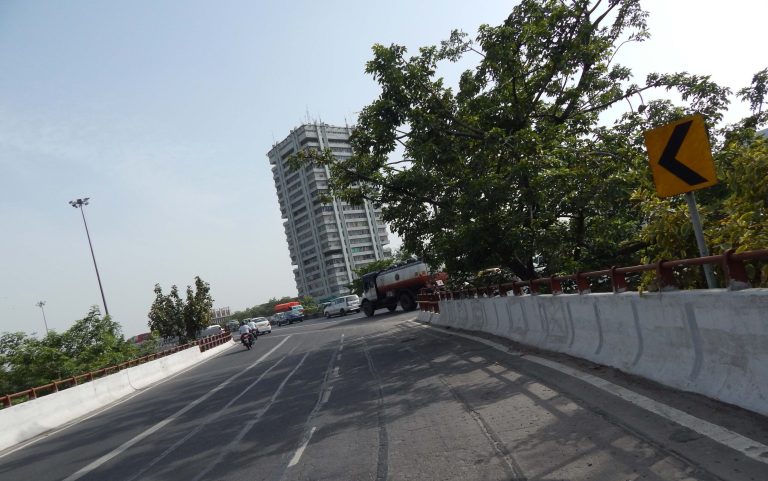300 Indians die on the road every day, here’s a feasible plan to stop the slaughter
by Subhash C Nagpal.
The number of road accident deaths is steadily increasing in India.
More than 300 people die in road accidents daily, and 4-5 times that
number suffer serious injuries including lifelong disabilities.
Developed nations, on the other hand, have succeeded in cutting their
number of road fatalities drastically.
There may be no quick-fix panacea for road deaths, but there are many
simple, doable steps India can adopt to quickly bring under control the
horrendous catastrophes witnessed on the country’s roads every day.
Union and state governments can earmark defined, smaller areas in some
of their cities as Zones of Excellence (ZoE) in matters of road safety.
Preference can be given to geographic areas with poor road safety
record. All expressways and some of the vulnerable highways could be
earmarked as ZoE.
Concerted efforts and resources need to be garnered, not only to prevent
road accidents and traffic violations in these zones, but to also
create an exemplary safe-road environment there. Enforce round the clock
checks, more particularly at accident-prone hours in the earmarked ZoE.
All available tech devices should be deployed, and private IT agencies
of repute should be roped in. Strict checks and heavy spot fines,
including detaining of vehicles for longer hours, should be carried out
in a professional, uncompromised manner. Prosecutions are cumbersome,
and should be avoided in most cases except for major offences.
Regular road safety awareness and education programmes should be
conducted in residential areas, over the weekends, with the active
assistance of RWAs/local bodies/ NGOs. The additional manpower required
could be met by deploying personnel of the Home Guards (or similar
institutions), and by recruiting from amongst retired traffic police,
paramilitary personnel, and unemployed literate youth (thus also
generating more meaningful job opportunities).
Roads in the ZoE should be properly lane-marked, and zebra-marked. Lanes
must be defined by paint-writing on the road surface. All other road
markings, signages should be carried out as per established norms. Most
markings and signage should, in addition to the pictorial image, define
the instructions in words for easy understanding and education of road
users.
Apart of the additional manpower engaged could be deployed near schools,
hospitals, other sensitive areas, primarily to help pedestrians cross
roads, educate them, as well as counsel those violating zebra markings.
Indeed, more pedestrian crossings ought to be created where needed. On
such crossing points, and traffic red light stoppages, leaflets relating
to road safety dos and don’ts can be distributed.
Corrective action on the already identified spots of frequent accidents
in such zones should be completed on top priority, and in a professional
manner. Footpaths should be proactively and regularly repaired,
rejuvenated, made more convenient, and kept free of obstructions. Ways
to provide cyclists a safer lane should be found.
A dedicated corridor for emergency vehicles must be maintained in each
ZoE. Adequately equipped ambulance should be stationed at crucial
sectors in the ZoE. For the purpose private sector hospitals,
individually or collectively, can be taken on board as part of their
corporate social responsibility. Cranes be stationed catering to certain
roads and flyovers to speedily remove broken-down vehicles. This is
particularly crucial in fog conditions.
Some convenient helpline, or the police helpline, should be available
for all emergency information and complaints relating to road safety
issues. For the highways helpline 1033 seems to be operational. These
call lines need to be widely popularised by the authorities concerned.
Introduce regular road safety curriculum in schools, higher education
institutes, and encourage workshops and project writing on the subject: A
very large number of road accidents involve the younger generation.
Traffic police and other personnel involved should be sensitised and
imparted communication skills in how to deal respectfully but firmly
with offenders. Regular appeals to the general public for cooperation in
implementing the Action Plan, and day to day information and advisories
may be provided through all media tools, including social media.
Mohammed Imran, chairman of Safe Road Foundation, says chartered buses
within and from the zone should be facilitated to ease traffic pressure
from private cars. These buses can be of economy and business
categories, depending on their facilities.
The plan chalked out here is a simple and practical one, which will
usher in a welcome culture of traffic discipline, smooth aesthetic flow
in lanes, and responsible, proud citizen behaviour in the designated
zones. This will soon transcend beyond the limited area of a zone.
(Originally published in Times of India)
The writer is Member, National Road Safety Council, ministry of Road Transport and Highways







